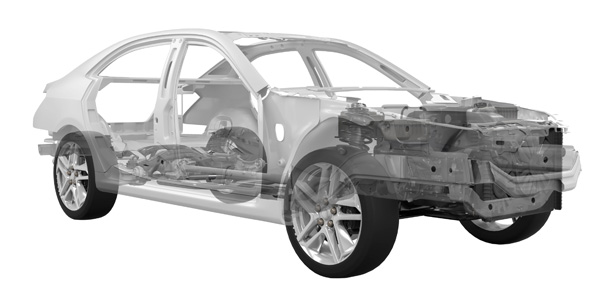
Let’s face it: Chassis parts are often neglected unless there’s a broken or badly worn part. If there’s work to be done under the car that allows easy access to the components, some technicians will inspect them if the car is up in the air already. But even then they can be overlooked. If you’re selling brakes or other parts where the tech is in the vicinity already, it doesn’t hurt to ask if the chassis parts are in similar shape.
Worn steering and suspension parts can cause the vehicle to pull in one direction, and the front end cannot be realigned unless the parts get replaced. Besides being potentially dangerous, tie-rod ends and ball joints with too much play can cause alignment issues at the very least.
When should a ball joint replaced? That depends on the amount of play or movement in the joint. If the play exceeds the maximum allowed by the OEM – which varies by vehicle – it could be as little as none or as much as .250 inch. Built-in wear indicators on some factory joints make it easier to determine if a replacement is necessary.
The correct way to measure is with the vehicle in the air using a dial indicator mounted at the joint, and a pry bar to move the suspension up and down to verify the runout. This method also can be used to verify bad tie-rod ends. But simply turning the wheel back and forth also may reveal a bad tie rod.
The ability to do caster and camber adjustments can be limited with certain suspension designs. However, there are factory alignment kits that enable more range of adjustment if necessary.
Counter pros should be sure that customers get the correct chassis parts for the application, because right and left control arms can be different lengths, for example. And tie-rod ends are different from side to side as well, because of how they’re threaded.
Aftermarket loaded control arms come pre-assembled with the ball joints and bushings ready-to-install, which is a time-saver. And certain premium aftermarket joints are engineered to higher-quality standards than the factory component so they should last longer. Most of the time, ball joints and tie rods are replaced in pairs, although it’s common for the right side to wear out faster.











